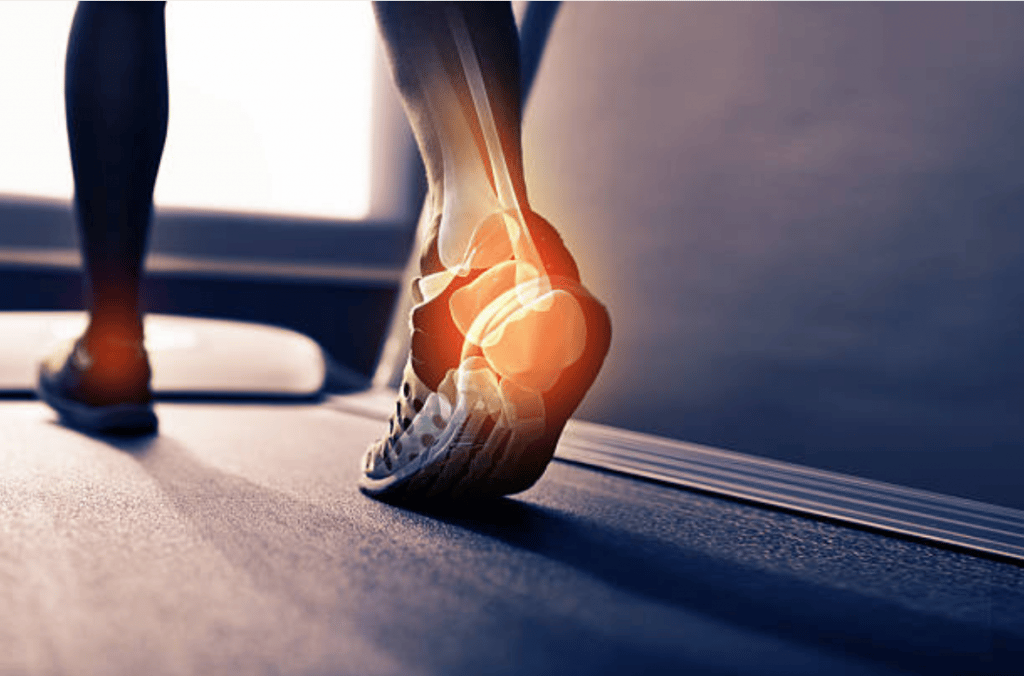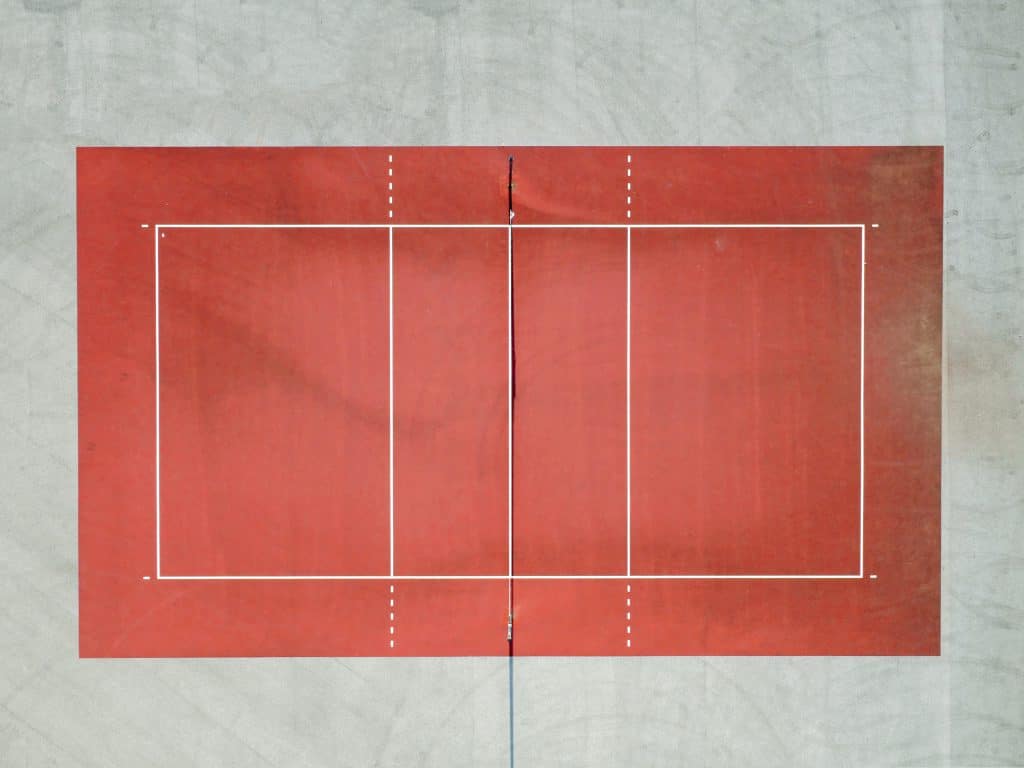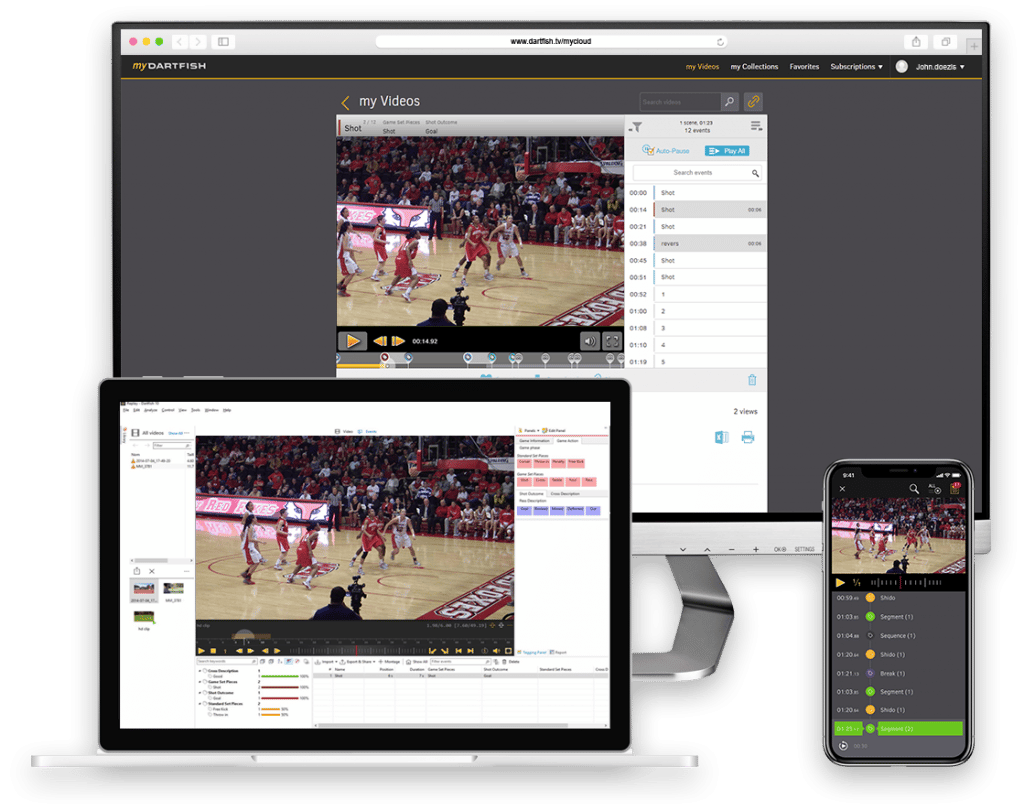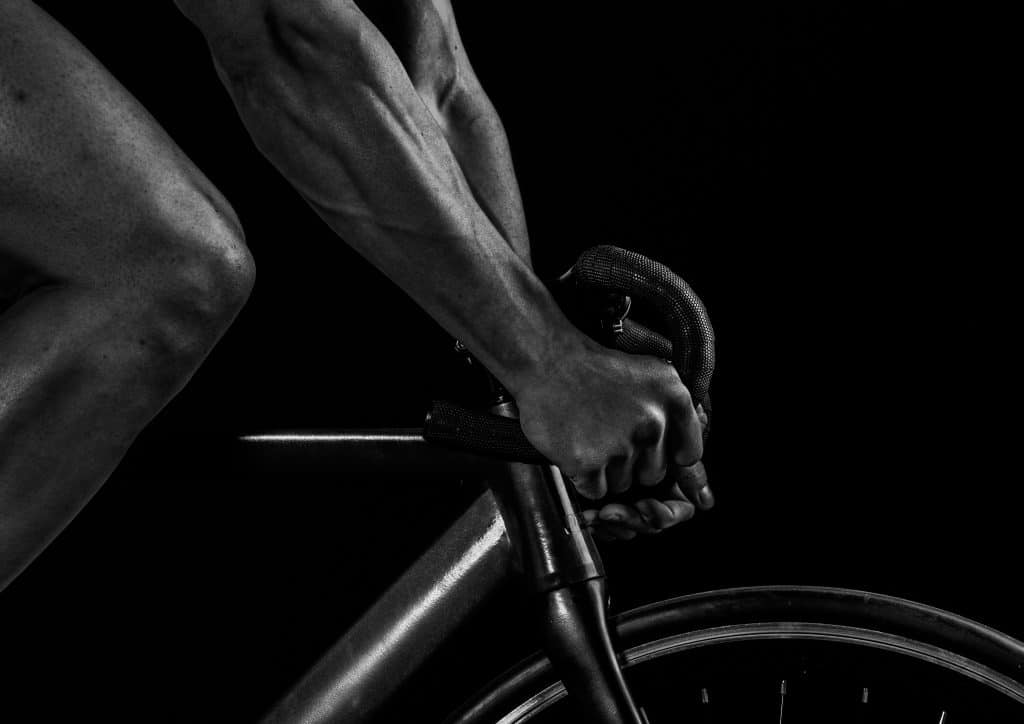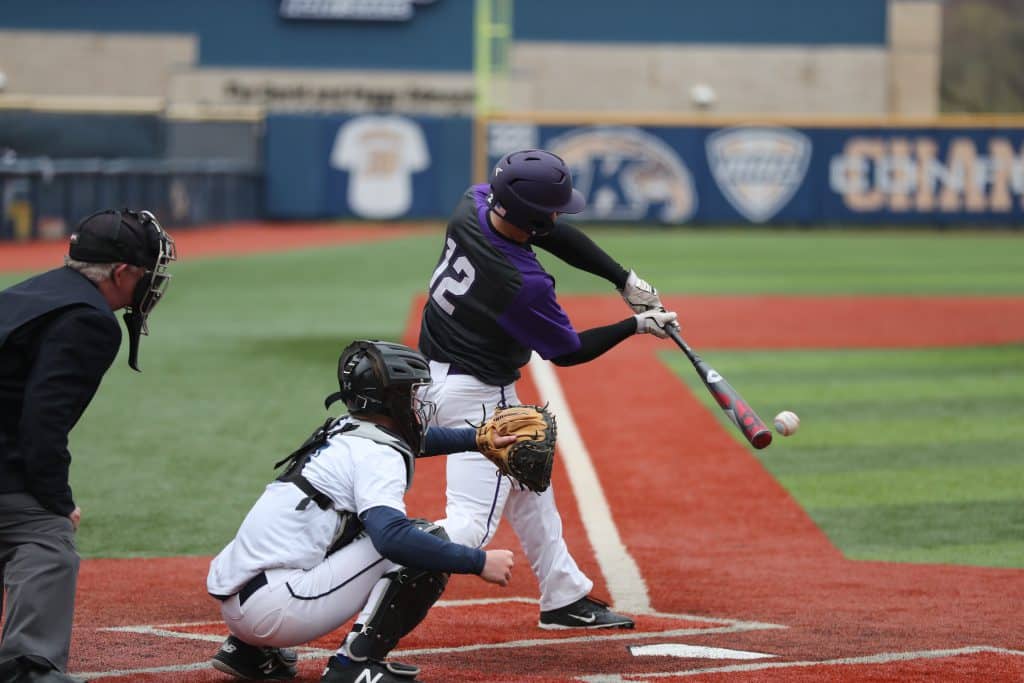Dr. Jeff Bauer instructs in the Department of Kinesiology at SUNY. He teaches undergraduate biomechanics, is the Co-Director of the Biomechanics Laboratory and the Associate Director of the Center for Obesity Research and Education. Under Dr. Bauer’s direction, Dartfish is used in classroom lecture, student laboratories, for research, and by the SUNY Cortland Dartfish Club. Dartfish Technology is also incorporated into other programs at SUNY Cortland, including kinesiology, athletic training, sport management, physical education, athletics, and research. Here he explains further. Biomechanics “I use Dartfish in a variety of ways for my classroom and research responsibilities. In the classroom I use it to present real-life movement concepts to my students. It is my primary tool for demonstrating digital video capture and analysis concepts. It provides a way for me to show my students actual examples of sport skill analysis, projectile motion, vector resolution, and to highlight subtle differences in movement performance.…
Preeti Raghavan MD, the director of the Motor Recovery Laboratory, and Edward Li, an assistant researcher in the Motor Recovery Lab in the Department of Rehabilitation Medicine at the Mount Sinai School of Medicine in New York City, use Dartfish to objectively monitor patients’ progress over time and to provide them with feedback about their movement capabilities and functional strategies. Objective – to improve arm function over time in patients with neurological and musculoskeletal conditions We use Dartfish in a clinical laboratory setting to monitor improvement in arm function over time in patients with neurological and musculoskeletal conditions. Using Dartfish has allowed us to observe patients’ movements more objectively and understand the basis for improvement. In our lab we use Dartfish in conjunction with several other measurements to investigate how patients perform various functional upper extremity tasks. We find that the data from Dartfish alone is very useful to examine…
This study by Ciuffarella Andrea, Masedu Francesco, Russo Luca and De Angelis Marco from the Human Movement and Sport Science Faculty, University of L’Aquila – Italy, used Dartfish Tagging to produce a statistical breakdown of the effectiveness of serve type in volleyball. The use of Tagging enables greater accuracy than transitional statistical notation methods and makes it simple to mark the specific serve criteria being observed. Introduction In volleyball it is possible to discriminate three different styles of serving: Jump serve (JS), Float Jump serve (FJS) and Float Serve (FS). A recent study (1) compared these three styles in terms of effectiveness and speed, but the analyzed sample was very small (4 teams for an amount of only 377 serves from 4 games). The aim of this study was to better investigate the effectiveness of serving modalities in a larger sample of serves. Methods Fourteen teams of the Italian male…
Some of that high definition, super slow-mo used in nature documentaries and sports broadcasting is amazing isn’t it? Increased awareness of the possibilities of sharp, detailed video in slow motion may be why I’m often being asked about high speed video use with Dartfish. The question is most often coming from those who have taken the low cost choice of streaming live video from a webcam and is generally phrased like this: “If I bought a high speed camera would I get better video?” “What do you mean by better video” I cheekily respond, knowing full well that I’ll get the answer “Sharper, clearer…”.We equate sharp and clear with super slow-mo but the two webcams recommended by Dartfish – the Logitech C920 and the Microsoft Lifecam Studio – are both capable of really good HD image quality on a par with camcorders at a substantially higher price point . Yes,…
Motion analysis or motion capture based bike fitting has recently become more popular. Fit Werx, road and triathlon cycling specialists, use motion analysis technology in their dynamic fittings and agree that the technology has recently come into its own. It is the most promising technology for the future of bike fitting. This being said, they also think it is important for riders to understand what these systems can and cannot do and how that relates to the end result of your fitting. Below is a Question & Answers session with Fit Werx about motion analysis systems and also some examples of how the technology can be used to enhance a bike fit. A PDF version of this article is also available. What is Motion capture and analysis? In regards to cycling position, it is the act of digitally capturing a rider in motion and then using software to analyze the motions and alignment…
Programs that deliver baseball/softball camps, clinics and tournaments often ask, “How do I generate additional revenue with my camps using Dartfish?” That’s a fair question. After all, it is an investment of money, resources, and time. Here, Chuck Wilmot explores the various ways that your business can enhance its program and generate revenue with game review and the delivery of lesson assessments, either at the event or remotely afterward. Additionally, he considers how Dartfish video can be an excellent method to market your services through your own website or through social media. Services that can be offered at your camps or tournaments Skill station assessments: People typically come to camps because of the coaches or a particular coach’s brand. Providing skill drills at the camps is one of the most common services offered at camps. An add-on to the camp’s existing services is to provide a personal video skill assessment…
Speed and agility training is, by its very nature, something that can obviously benefit from video analysis. As reported below, House of Speed’s “tool of choice is the Dartfish video system” and it goes on to show: Stromotion being used to breakdown stride patterns; Lines and angle measurements being used to aid observation and instruction of technique; and the report nicely rounds off with a Simulcam illustrating before and after improvements in the reporter’s dash through the news room. Correction: Dartfish does not support the claim of 1/1000th of a second accuracy made in this video. The level of accuracy that can be achieved is entirely dependent on the frame rate of the video source.
“That opened the door for me to step in and, show them – because I work so much with video – some of the before and afters and some of the differences that these players had made in their skating” – Barbara Underhill, World Pairs Figure Skating Champion 1984. Barbara isn’t referring to figure skaters, it is hockey players that her coaching is now improving. The video below is an interesting watch but it is about 2:30 in that we see glimpses of the difference that Dartfish can make.
